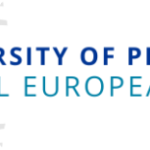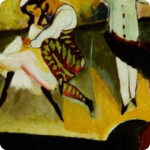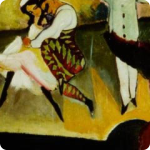Upcoming Events

- 8:00 am to 4:00 pm
- William Pitt Union simulation, European Union
The High School Model European Union is an annual event for area high school students. The goal of the Model EU is to give high school students a chance to learn about the workings of the European Union through a hands-on simulation. Playing the roles of presidents and prime ministers, students spend a day engaged in intense negotiations over conflicting issues about the EU. The objective is to simulate a specific European Council meeting that focuses on recent current events impacting the EU. Model EU enhances students’ understanding of classroom learning and gives them a real sense of the challenges involved in the decision-making process of the European Union.

- Daria Khitrova
- 6:30 pm to 8:00 pm
This webinar is the second in a six-part series The Arts of Eastern Europe and Eurasia, designed to support educators in bringing the arts of Russia, Eastern Europe, and Eurasia into their classrooms. During this session, we will learn about the Russian ballet as a powerful cultural force shaped by political, religious, and aesthetic pressures from the 19th to the 20th century. We will examine how ballet was viewed by critics, dancers, and administrators—as both an “impossible” art form and a near-religious practice of survival and expression. Educators will gain tools to connect performing arts with broader historical and cultural themes, enriching classroom discussions around artistic expression under authoritarian regimes, the role of tradition in modernity, and how art can serve both resistance and conformity. https://daviscenter.fas.harvard.edu/events/russian-ballet

- Daria Khitrova
- 6:30 pm to 8:00 pm
- Zoom
- Eurasian arts
This webinar is the third in a six-part series, The Arts of Eastern Europe and Eurasia, designed to support K-14 educators in bringing the arts of Russia, Eastern Europe, and Eurasia into their classrooms. During this session, we will learn about the Russian ballet as a powerful cultural force shaped by political, religious, and aesthetic pressures from the 19th to the 20th century. We will examine how ballet was viewed by critics, dancers, and administrators—as both an “impossible” art form and a near-religious practice of survival and expression. Educators will gain tools to connect performing arts with broader historical and cultural themes, enriching classroom discussions around artistic expression under authoritarian regimes, the role of tradition in modernity, and how art can serve both resistance and conformity.
